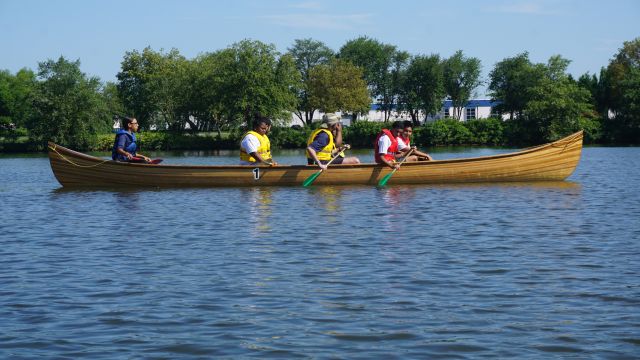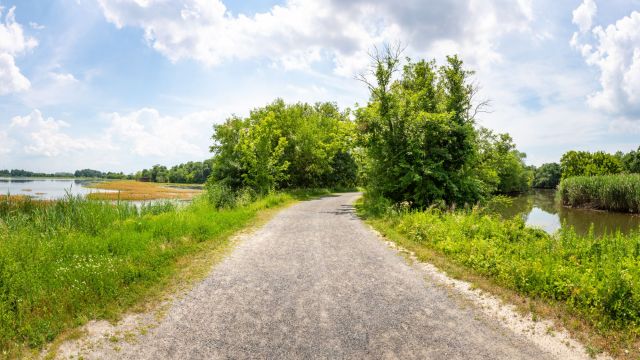Constituency Building
Strategy Overview
Watershed Protection Program
The Foundation’s Watershed Protection Program aims to create the long-term conditions — the practices, policies, and public engagement — that will ensure the Delaware River Watershed supports aquatic life and recreation in and on the water. To this end, we support work to concentrate land protection and restoration practices that maintain and improve stream health in targeted sub-watersheds; secure robust and sustained regulatory protections and funding; and achieve equitable and widespread public access to and engagement with our rivers and streams. We approach this work through three distinct yet complementary strategies: Watershed Wide, Targeted Sub-Watersheds, and Constituency Building.
Constituency Building Strategy
Under this strategy, we support efforts to:
Ensure equitable public access to rivers and streams, particularly those that are recovering from more than a century of impairment and where historically there have been physical or other barriers to access. Funding is provided for:
- The Circuit Trails, Greater Philadelphia’s 800-mile regional trail network (325+ miles currently built). More than half of the Circuit Trails parallel or cross rivers, streams or canals, providing significant opportunities for visual and physical access to waterways.
- Strategically located docks and boat ramps designed for kayaks, canoes, and other human-powered small craft. Most docks we fund are accessible via the Circuit Trails.
Engage a diverse array of people in experiential environmental learning and outdoor recreation on waterways and trails, particularly people who have been left out of the conservation movement, including communities of color. This funding area includes support for:
- The Alliance for Watershed Education (AWE), a network of 23 environmental education and outdoor recreation centers on waterways and Circuit Trails or trails that connect to the Circuit.
- Experiential programs, offered by AWE centers and others, that make use of trails and rivers and directly reach community members with information about the watershed.


